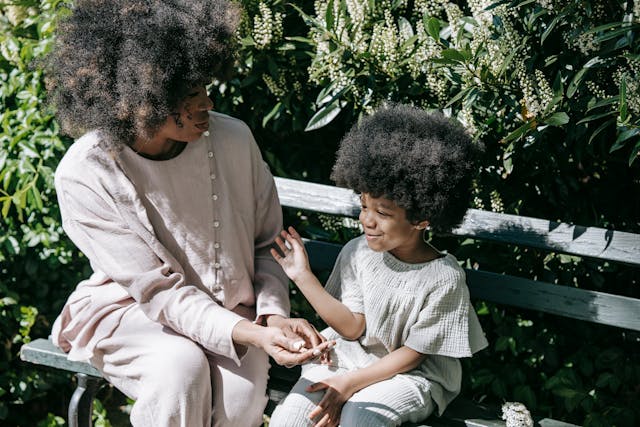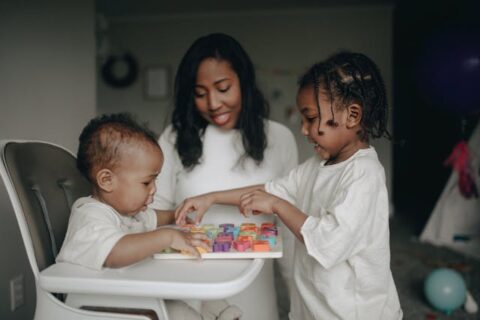When you set boundaries for your kids, you provide gentle "cushions" that will stop them whenever they're about to...
feel free to call us +91.33.26789234 youremail@yourdomain.com
Tips for Teaching Your Kids About Feelings

As children mature, they’ll experience all kinds of emotions. Like all humans, they’ll also have reactions to those feelings. Because of their natural responses,
they’ll find it helpful to learn to manage their emotions as early in life as possible. You can do a lot to help them with this!These tips can help you teach your kids about their emotions:
- How you manage your own feelings provides your young child's first lesson in how to express his feelings.
- Modeling is one of the most powerful forms of teaching behaviors to children.
- Use "I" statements followed by "feeling" words when you share your emotions in front of your children.
- For example, "I feel really annoyed when you play with your friends on the way home from school and get here 30 minutes late."
4. Identify your young children's emotions with them. For very young children, two or three years old, it's beneficial to label and clarify the children's feelings in their presence. Especially at six years and under, children usually have little understanding of how their emotions function.
- For example, if a three-year-old gets angry and stamps his feet because he wants candy, get down to his eye level and say something like, "You're angry at mommy right now because you can't have candy."
- Use names of feelings, like angry, mad, sad, happy, pleased, frustrated, and others. You convey a great deal of emotional learning when you teach a child about feelings by using the names of emotions.
- Sometimes, you may find it helpful to tell a youngster, "It's okay if you're mad." Giving the child permission to feel and express his feelings can be very validating for them, even if they don't respond that way at the time.
- On the other hand, if a young child gets frustrated or angry and throws a toy that could hurt someone, it's advisable to state, "No, don't throw your toys. It's not okay to throw your toys." Separate the actions from their emotions and from them as people.
- Remember, it's futile for adults to get frustrated or angry with young children who have a lot to learn about their emotions. Your patience will show them, by modeling, how to keep their cool, even in a frustrating situation.
- Smile and say something like, "Billy, I like the way you sat so still in the grocery cart. You did a great job!"
- When offering positive comments, state your child's name and obtain eye contact with him. This will help reinforce the positive behavior.
As a parent, one of the most important lessons you’ll ever teach your children is how to identify and appropriately express their feelings. Apply the tips above to help ensure that your children grow into mature, healthy adults.

As children mature, they'll experience all kinds of emotions. Like all humans, they'll also have reactions to those feelings....
Today, I know I can make an impact on the lives of others through my naturally nurturing behaviors.
Creating a space just for learning will help your child to do better in school while maintaining more harmony...
My family has the ability to stay in harmony and avoid conflict. We work together to overcome issues, so...
While interviewing candidates for a potential nanny position, there are important questions to consider. The answers to these questions...






